Electronica India 2025
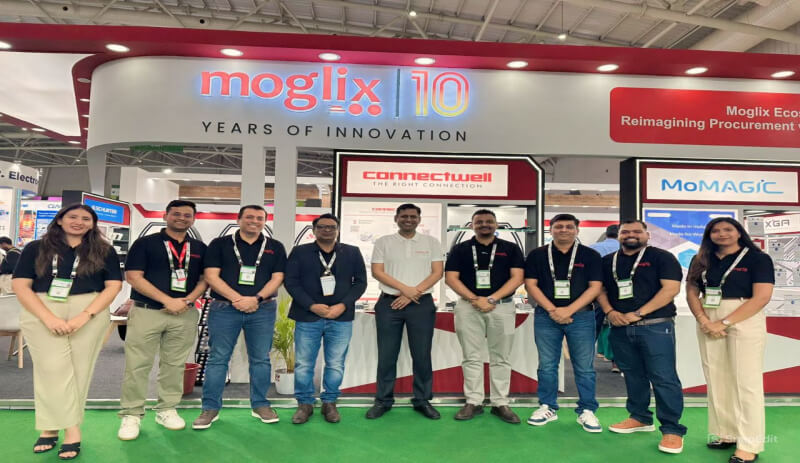
Electronica India 2025
Date: 17th- 19th September
Organizer: MUENCHEN INDIA PRIVATE LIMITED
About the event: From September 17th to 19th at Stand H5.B25, BIEC, Bangalore, our team engaged in insightful conversations with industry leaders, customers, and partners, exploring ways to build a stronger, future-ready electronics supply chain for India. Our Founder & CEO, Mr. Rahul Garg, joined us to connect with stakeholders and share Moglix’s vision of enabling India’s shift towards local manufacturing and value addition.
Moglix Supplier Meet – Daksh
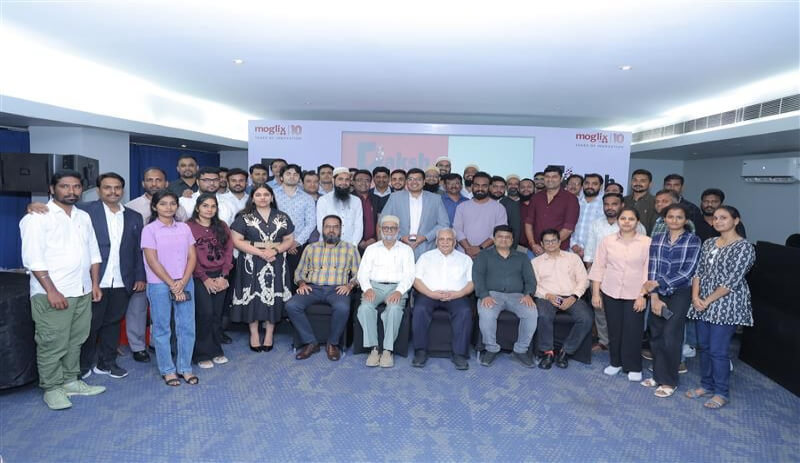
Moglix Supplier Meet – Daksh
Date: 10th September
Organizer: Moglix
About the event: We hosted the Moglix Supplier Meet – Daksh in Hyderabad, bringing together our valued supplier partners for a power-packed day of collaboration, knowledge exchange, and constructive feedback – all under the theme “Winning Together.” Led by Mr. Chaitanya Kulkarni, Director at Moglix, along with Mr. Krishnan Subramanian, Associate Director at Moglix, and Mr. Rajesh kondaveeti, Manager at Moglix, the session spotlighted innovative strategies to strengthen partnerships and drive collective growth.
Global AI Summit

Global AI Summit
Date: 4th September
Organizer: CII
About the event: Rahul Garg, Founder & CEO, Moglix and Chairman, Confederation of Indian Industry Unicorn Forum, was invited at the Global AI Summit & Awards. In his address, he spoke about AI as a driver of transformation across industries, the importance of recognizing pioneers to inspire bold ideas, and India’s potential to lead in responsible, scalable AI solutions. Collaboration between startups, enterprises, academia, and government is the key to shaping the future of innovation.
SIIC Fuel 2025

SIIC Fuel 2025
Date: 4th September
Organizer: IIT Kanpur
About the event: Rahul Garg, Founder & CEO of Moglix and alumnus of IIT Kanpur, delivered the keynote at SIIC Fuel 2025, organized by the Startup Incubation and Innovation Centre, IIT Kanpur (incubatoriitk).
ET BrandEquity MarTech+ Summit
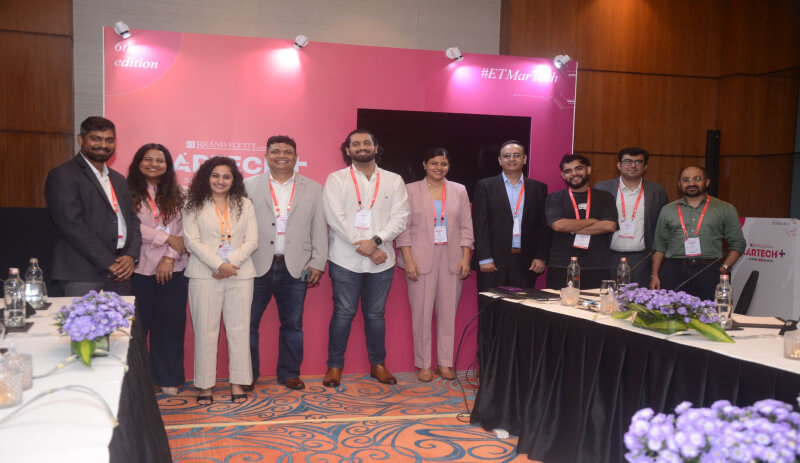
ET BrandEquity MarTech+ Summit
Date: 4th September
Organizer: ET
About the event: Ms. Nupur Singh, Director – Marketing and Communications at Moglix, recently spoke at the 6th Edition of the ET BrandEquity MarTech+ Summit at Leela Ambience, Gurugram. In her session, “Shaping Customer Engagement for 2026,” she shared how businesses can strengthen customer connections by leveraging AI-driven engagement trends, integrating RCS into multi-channel frameworks, and designing impactful campaigns with RCS at the core.
Moglix Roundtable Ahmedabad
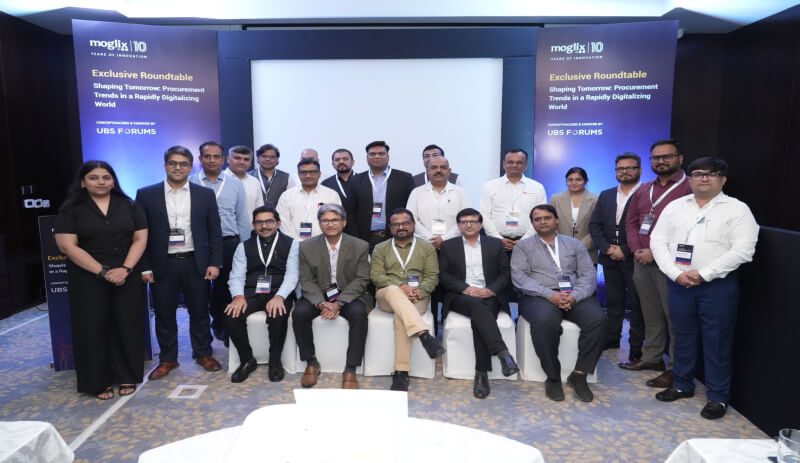
Moglix Roundtable Ahmedabad
Date: 2nd September
Organizer: Moglix X UBS Forums
About the event: Moglix hosted an exclusive CPO Roundtable in Ahmedabad in collaboration with UBS Forum, on the theme: Shaping Tomorrow: Procurement Trends in a Rapidly Digitalizing World. The roundtable fostered a vibrant exchange of ideas and experiences, emphasizing how data, digital tools, and strong partnerships are essential for navigating the evolving procurement landscape while driving resilience, sustainability, and efficiency.
The strategic sessions were enriched with valuable insights from Nikesh Bhanti, Director – Moglix, and Bharat Gakhar, Director – Moglix, strengthening the conversation with practical insights.
International Procurement and Supply Chain Conference (IPSC)

International Procurement and Supply Chain Conference (IPSC)
Date: 7th August 2025
Organizer: ASSOCHAM
About the event: Mr. Sanjeev Arora, Chief Financial Officer at Moglix, recently spoke at the International Procurement and Supply Chain Conference organized by ASSOCHAM (The Associated Chambers of Commerce and Industry of India). He shared valuable insights on “China + 1 Strategy: Positioning India as a Global Supply Chain Alternative”, highlighting India’s strategic advantages, opportunities for diversification, and approaches to strengthening resilience in global supply chains.
7th Procurement Confex & Awards 2025
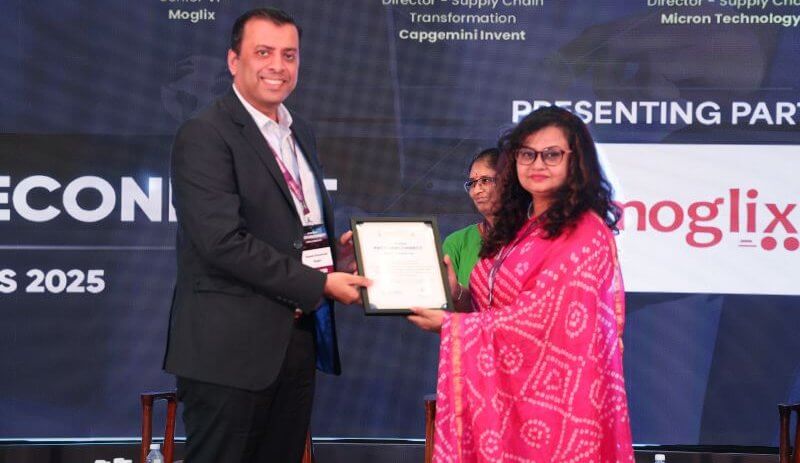
7th Procurement Confex & Awards 2025
Date: 1st August 2025
Organizer: Gainskill
About the event: Mr. Rupesh Kharbanda, Senior Vice President at Moglix, recently participated in a panel discussion at the 7th Procurement Innovation Confex & Awards 2025 on the theme: “Leveraging Technology in Procurement: AI, Automation, and the Digital Revolution.”
PackPlus 2025
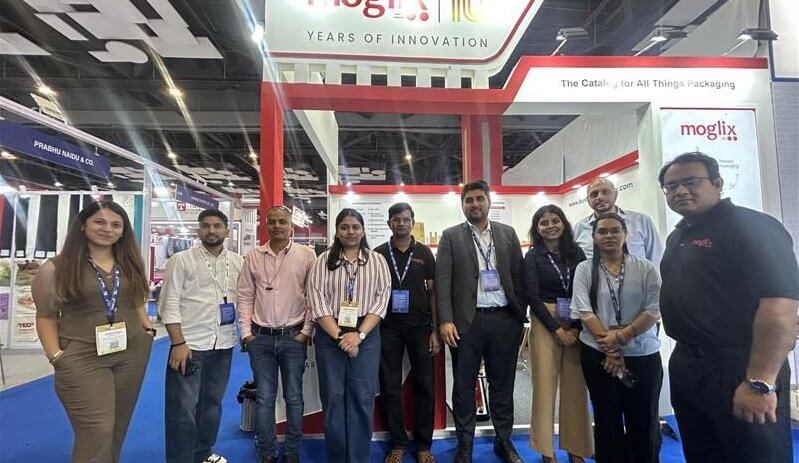
PackPlus 2025
Date: 31st July – 2nd August 2025
Organizer: RX Global
About the event: From July 31st to August 2nd at Bharat Mandapam, Hall 5, the Moglix Experiential Zone became a hub of innovation, collaboration, and transformation. We engaged with industry leaders on next-gen packaging, sustainable solutions, and digital supply chain innovations. Your enthusiasm and insights made it a truly immersive experience.
CII Chennai Industry 4.0 Summit 2025

CII Chennai Industry 4.0 Summit 2025
Date: 30th July 2025
Organizer: CII
About the event: At the CII Industry 4.0 Summit in Chennai, Mr. Kushal raveendra, Senior Director at Moglix joined an expert panel to explore how MES and ERP are shaping next-gen supply chains.
